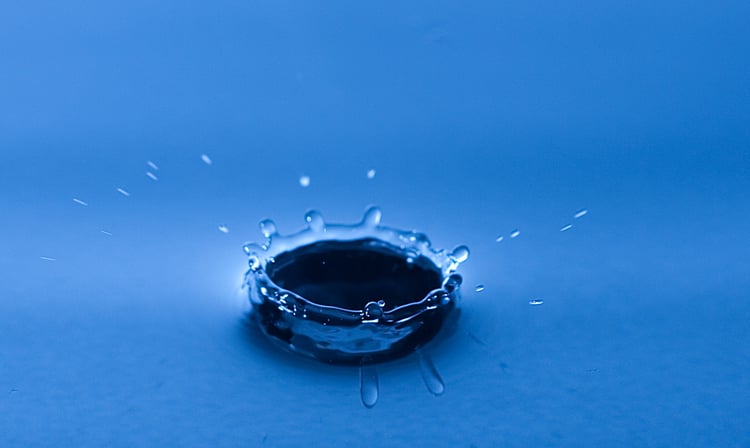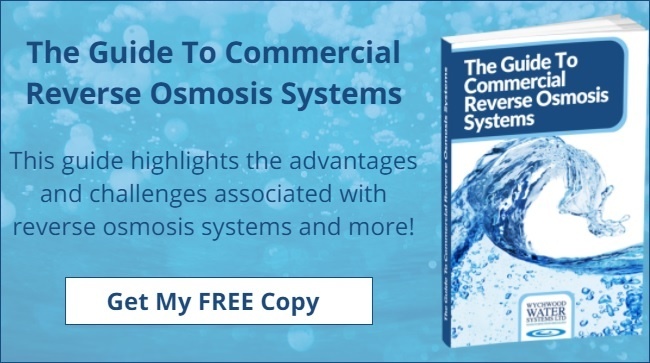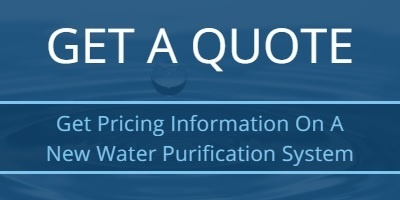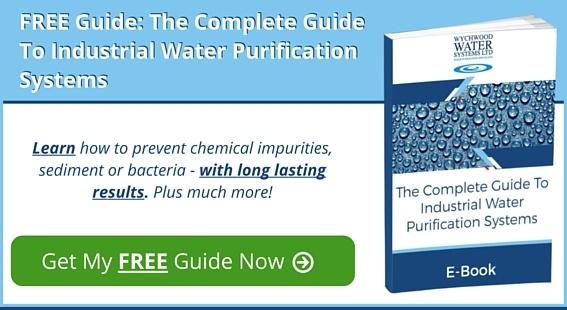
There are several ways of creating bacteria-free water, each with their own considerations. Two methods used by many facilities are deionisation and electro-deionisation. Both have their own advantages, but is one way better than the other? This article will discuss both methods in detail.
The Deionisation Process
Deionisation is a chemical process whereby water is forced through a resin to remove impurities like magnesium, calcium and sodium. This is done via the exchange of anions and cations in the water for hydrogen and hydroxide ions. We need to be clear that deionisation on its own will not remove bacteria. It needs to be used in conjunction with other purification methods. However, deionisation will make any anti-bacterial action more efficient and effective than if it is not used.
Deionisation resins exist in column and bed form, with separate sections for cations and anions. They also exist in a single format called a mixed bed, which contains both cation and anion resins. In commercial systems, most resins are made of polystyrene sulphate and treated with caustic soda and hydrochloric acid prior to use.
How It Works
Industrial deionisation sees water passing through one or two parts of the system. The positively-charged ions are attracted to the negatively-charged cation resin and are removed from the water. The negatively-charged ions are attracted to the positively-charged anion resin and also removed.
Types Of Anion Resin
In general, there are two types of anion resin used to remove impurities from water. These are weak base and strong base. The former is responsible for adsorbing acids, while the latter’s job is to exchange any alkaline, sulphate or chloride anions in water for hydroxide ions.
Cleaning And Regeneration
Eventually, the beds in a deionisation system will need to be cleaned of the impurities they’ve collected and then regenerated so that the effective removal of contaminants can continue. Both cleaning and regeneration requires the use of chemicals.
The deionisation process does work very well for the elimination of many contaminants, but, as noted, must be used in conjunction with a pre-treatment process to remove bacteria from water. Some examples of additional processes are reverse osmosis, carbon adsorption and additional filtration.
Continuous Electro-Deionisation
Also known as EDI and CEDI, continuous electro deionisation uses the same ion exchange process of conventional deionisation, but with the added technology of electro-dialysis.
How It Works
When water enters the CEDI unit, it is diverted to individual cells. Once there, a DC charge is applied to the cells, effectively separating the water molecules into hydrogen and hydroxyl ions. After separation, the ions travel through cation and anion resins, which ensure the regeneration of the resin beds.
CEDI allows for far less bacteria in treated water, because the electricity in the water makes it impossible for bacteria to grow.
Pre-treatment
To achieve bacteria-free water with CEDI, the reverse osmosis method must be used as a pre-treatment. Reverse osmosis uses a flat sheet semi-permeable membrane made of composite material. Water is pushed through the membrane with the help of a pump. Organic compounds, bacteria, and many viruses are trapped on the surface of the membrane.
Bacteria-free water is achievable whether electro deionisation or CEDI is used. However, CEDI does ensure that consistently bacteria-free water is produced in larger quantities, simply because CEDI allows for the continuous and automatic regeneration of the resin beds in addition to preventing bacterial growth. In the case of traditional electro deionisation, bacteria can build op on resins between cleaning and recharging sessions.
Disinfection – An Important Consideration
Regardless of the system being used to remove bacteria from water, disinfection is crucial. A system that does not undergo regular disinfection will become infested by all manner of viruses, algae and bacteria. If the system continues to go without disinfection, complete flushing will be necessary, which can be expensive in terms of downtime. For more information read: How To Achieve Zero Bacteria Growth In Your Purified Water System
Making The Right Decision About Deionisation
When you need to choose a system to remove bacteria from water, you now know there are several choices available to you. To choose the one best suited to your particular needs, you can download our eBook, “Guide To Industrial Water Purification Systems” right now at no cost to you. “Guide To Industrial Water Purification Systems” will reveal all you need to know about water purification and filtration technologies so that you can make a confident investment. Our team of experts is always ready to help if you need further information. You can call us on 01993 892211, or email us on sales@wychwood-water.com.










 We are a specialist independent company involved in water purification and water treatment technologies
We are a specialist independent company involved in water purification and water treatment technologies


